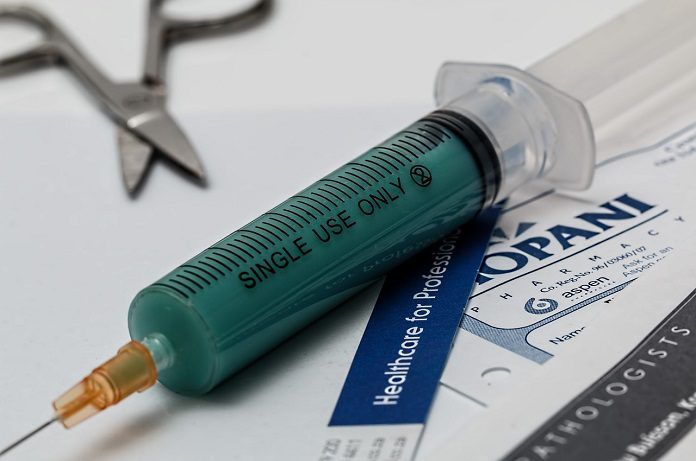In the first-in-human trial, researchers determine whether the prophylactic mRNA rabies vaccine demonstrates safety and efficacy in humans. The success of this study would allow further developments in optimizing vaccine technology.
Traditional vaccine technology uses live or attenuated viruses or toxins to prevent many infectious diseases. There is a constant need for a vaccine technology that enables quicker manufacturing of affordable vaccines during potential emerging pandemic threats. The mRNA vaccine technology has lower production costs and quicker production processes. Animal studies have confirmed that the mRNA from vaccines enters immune cells and establishes an immune response. The main objective of this proof-of-concept trial was to assess the safety and immunogenicity of the mRNA rabies vaccine in healthy human subjects.
Assessing for Safety and Efficacy
Martin Albererand his colleagues reported their findings in The Lancet. The side effect data was obtained by vaccinating 101 participants with a total of 306 vaccinations. Of these participants, all but one patient provided blood samples to allow for full analysis of the efficacy of the vaccine. The participants were enrolled into different treatment groups. They tested various doses (between 80-640 micrograms), dosing schedules (long and short), routes of administration (intradermal and intramuscular) and injection methods (needle-syringe and needle-free device).
They reported clear differences between the participants vaccinated via needle-syringe and injector device. They did not detect any antibody responses in participants who received intramuscular needle-syringe vaccinations. Meanwhile, 10 out of 13 participants receiving intramuscular injector device vaccinations developed virus neutralizing titres, and 5 of those participants reached the WHO-specified protective antibody titre of 0.5 international units per milliliter. Of those participants receiving varying doses of intradermal needle-syringe vaccinations, only 1 of the volunteers in the cohort receiving the highest intradermal dose had a detectable, albeit minimal, antibody response. Similar to the intramuscular cohorts, antibodies were raised in 40 out of 45 participants after intradermal injector device vaccination; furthermore, 32 participants reached the WHO threshold. There were no apparent differences in intradermal dose levels or vaccination schedules.
Side Effects Resolved Quickly
The safety profile of the candidate mRNA rabies vaccine is similar to the profile of a traditional vaccine and related to the effects of stimulating the immune system. Most participants reported mild-to-moderate local irritations and systemic side effects (headache, fever, chills). However, all side effects resolved quickly. A few serious side effects with unknown causality were reported: one case of transient Bell’s palsy, one case of a nasal septum deviation requiring surgery, and one case of a campylobacter infection. All serious side effects resolved without consequences.
This trial was the first of its kind to test mRNA vaccinations against infectious diseases in humans. The prophylactic mRNA rabies vaccine demonstrates safety and efficacy in animals and in humans. Improvements are required to optimize the immunogenicity of the vaccine to ensure WHO-recommended virus neutralizing titre levels are reached in 100% of vaccinated individuals. Further research is needed. With an optimized model, this technology can be used to manufacture other vaccines targeting potentially fatal infectious diseases.
Written by Jessica Caporuscio, PharmD
Reference: Alberer M, Gnad-Vogt U, Hong HS, et al. Safety and immunogenicity of a mRNA rabies vaccine in healthy adults: an open-label, non-randomised, prospective, first-in-human phase 1 clinical trial. The Lancet. 2017.



